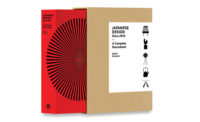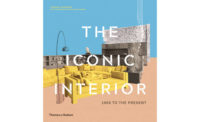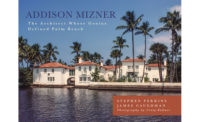“Architects like to talk about design, and architects like to drink,” declares architect William Singer, AIA. His observation is behind the program at the New York AIA focused on these two obsessions—and now there is a book documenting its success. The series “Cocktails and Conversation” began six years ago when Singer and Abby Suckle, FAIA, began to invite architects and landscape architects to share their ideas about design over cocktails at the chapter’s Center for Architecture.
On Friday evenings, an architect and a journalist or critic were joined by a mixologist, who created a “signature” drink inspired by the designer’s work. Architects included Brad Cloepfil, Jeanne Gang, Charles Renfro, Marion Weiss and Michael Manfredi, Deborah Berke, and Enrique Norten. Among the interlocutors were Michael Kimmelman, Barry Bergdoll, Alastair Gordon, and (full disclosure) RECORD’s Cathleen McGuigan and Suzanne Stephens.
The evenings began with the bartender’s mixing his custom concoction in front of the audience, and the transcription of each evening’s dialogue begins with the drink’s ingredients. The “Monty Daisy,” for instance, created for architect Belmont (Monty) Freeman, combined Plymouth gin, orgeat syrup, orange curaçao, Aperol, and more. After cocktails were passed to the audience, the conversation commenced.
They covered a wide variety of relevant topics. Freeman, for example, advises high school students interested in the profession “to go to a liberal arts college and study everything except architecture as an undergraduate . . . Your clients will be doctors, lawyers, and financial people, and you need to be able to understand their language.”
Some architects talked about the creative spark. Massimiliano Fuksas revealed that folded wrapping paper on a gift he received inspired a roof design. Tom Kundig pointed to the fragility of the landscape. “I always try to convince clients who might think they want something large by saying, ‘No, you bought this place because of the landscape; you didn’t buy it because of the architecture,’ ” he said.
Several architects stressed the importance of drawing. Billie Tsien of Tod Williams Billie Tsien Architects said, “I think that drawings are not about beauty; they’re about trying to find the answer.” Frank Harmon added, “Drawings are a way to see.”
The conversations, illustrated with photos, sketches, and lush watercolors by the architect Bishakh Som, make this a lively if informal compendium about many issues architects face in design and practice. The cocktails are missing, but you have the original recipes.








Post a comment to this article
Report Abusive Comment